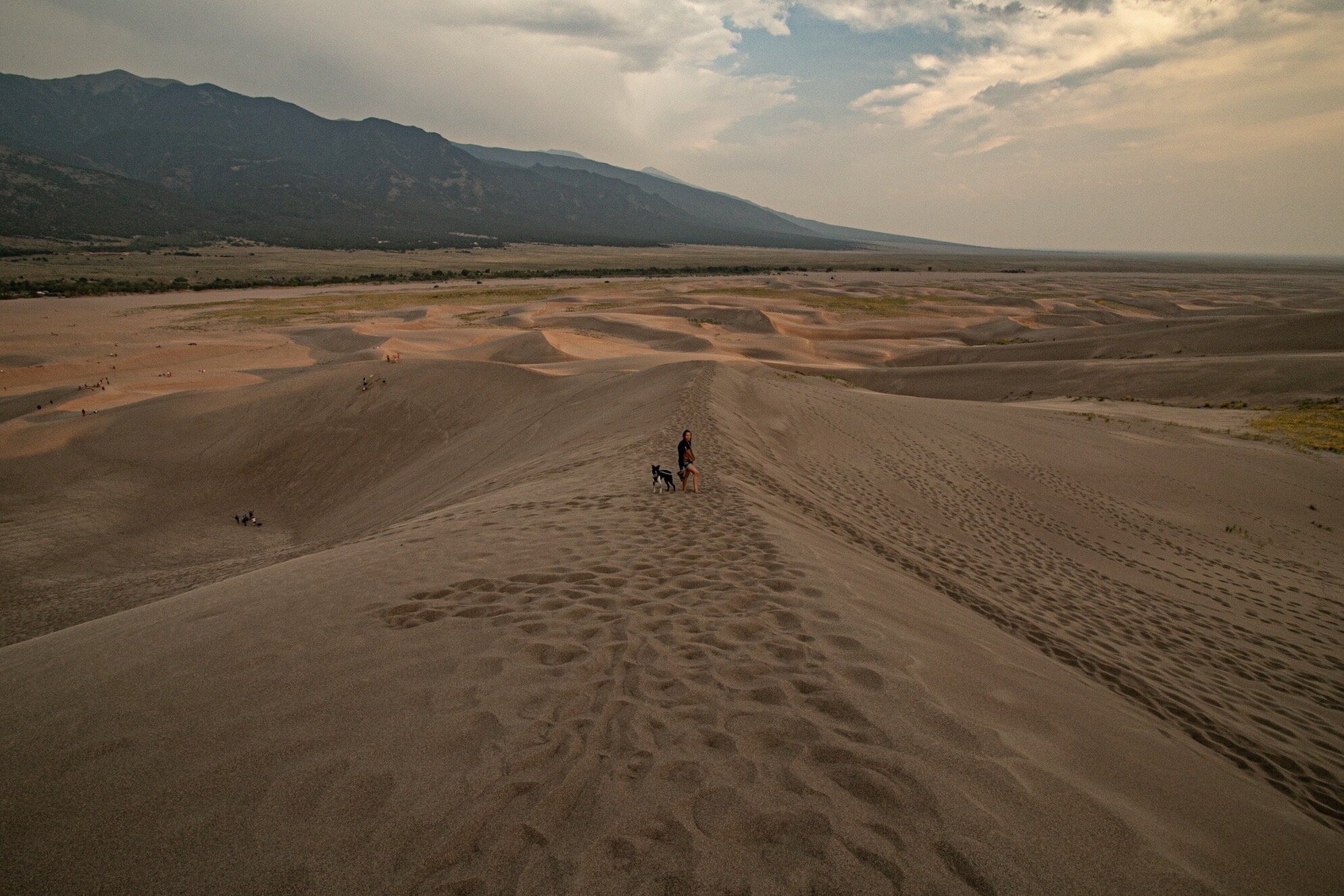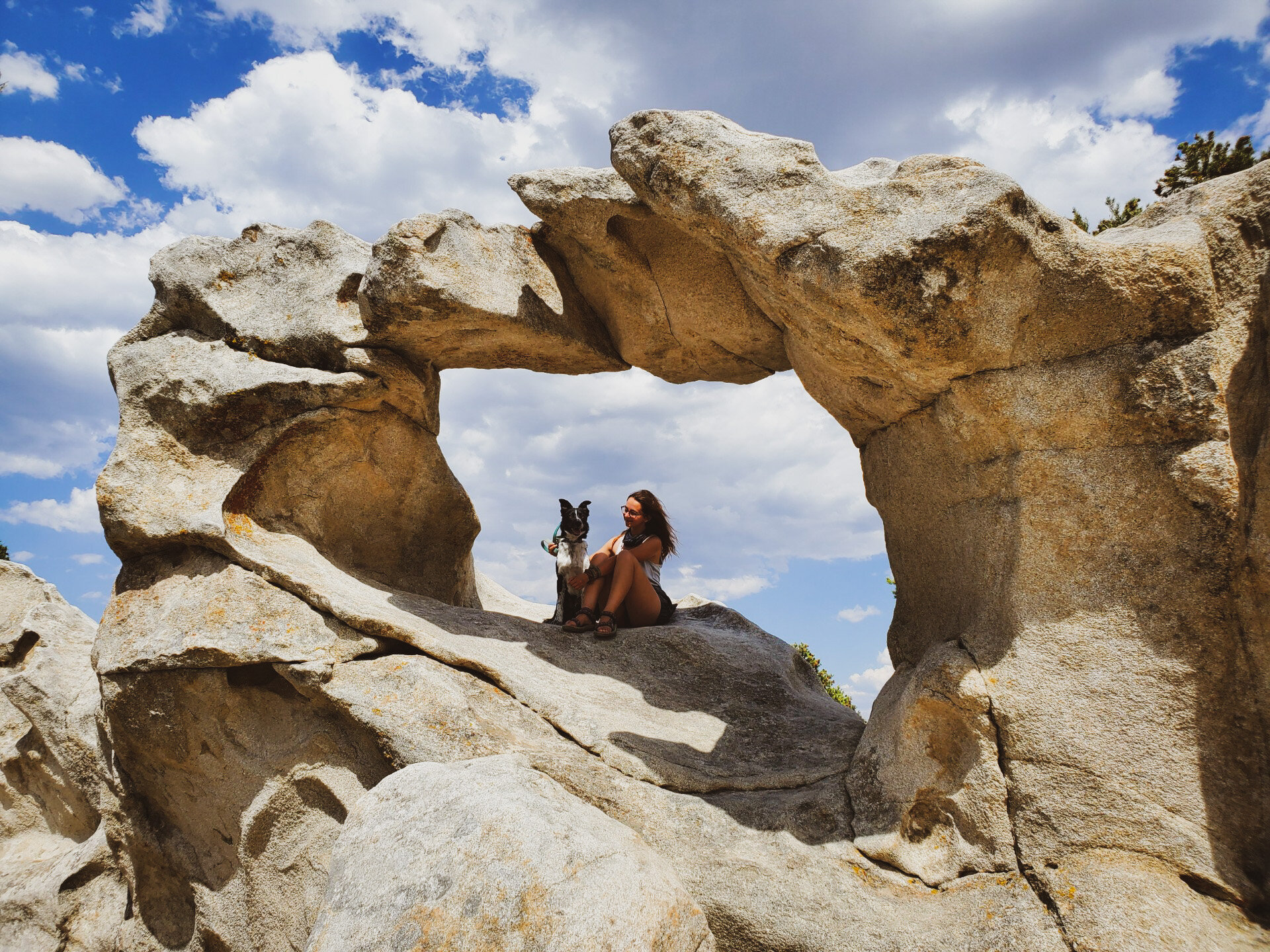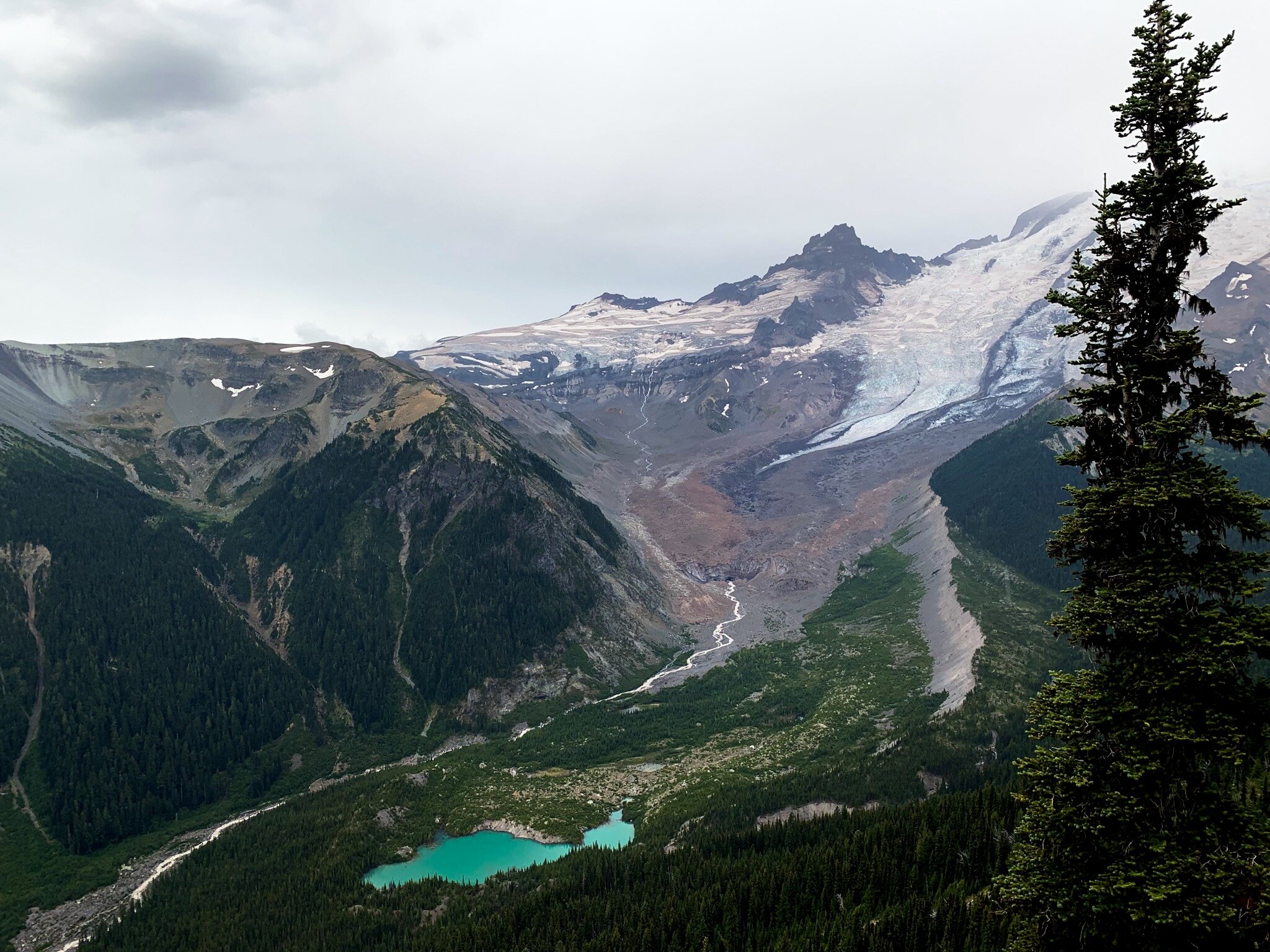Despite 2020’s strange circumstances when it came to travel, the magic of vanlife is that I still got to see quite a bit of the country. We passed through more than 15 states on our way from California to Kentucky, between mine and my boyfriend, Jared’s family. Even though we dealt with COVID-19 closures, restrictions, and stress, there were still quite a lot of places that truly stood out to me. I have a whole list of places I’d love to return to one day, but I’ve complied my top 5 underrated destinations for you to add to your list for future travel.
Ranch horses in the Alabama Hills
Idaho is seriously one of the most underrated places in this country. From unexpected mountain ranges to flowing waterfalls to abundant hot springs, Idaho has natural beauty around every corner. Idaho is located in the west, in between Oregon and Washington on the coast and Montana and Wyoming inland. It’s known for its potatoes but it is so much more than that!
City of Rocks, ID
Places worth seeing:
· Sunbeam Hot Springs
· Stanley
· The Sawtooth Mountains
· City of Rocks National Reserve
· Craters of the Moon National Monument
Sawtooth Mountains, ID
This is an interesting one because I actually visited the Badlands in 2019 too, but didn’t like them nearly as much as I did this time. I recently wrote a whole post on the Badlands so I don’t feel like I need to go into too much detail, but the Badlands are spectacular. They are located in western South Dakota, and are home to animals such as coyotes, pronghorns, bison, prairie dogs, big horned sheep, and more.
Places worth seeing:
· Yellow Mounds
· Roberts Prairie Dog Town
· Toadstool Rock
Alabama Hills, CA
The Alabama Hills were actually the first place we chose to live during quarantine in the vans. Located just outside of Lone Pine, CA in the Eastern Sierras, the Alabama Hills are located on BLM Land, which means free camping, lots of hiking and climbing, and stunning views. The Alabama Hills are known as the “Whitney Portal—” the gateway to Mount Whitney, the Lower 48’s tallest mountain. Because of that, you’ll get both desert rock formations and mountain views when you visit this iconic spot.
Places worth seeing:
· Mobius Arch
· Whitney Portal (drive or hike to the Whitney trailhead, depending on the time of year. If you’re up for it, and the trail isn’t snowed over, it’s 11 miles one way to the summit!)
· Death Valley (This famous National Park is only an hour away and worth the day trip)
Hiking the road up to Whitney Portal
Crested Butte, CO
We spent about a month in Colorado, and while I loved so much of the state, Crested Butte will always stand out to me as my favorite. Famous for being a ski town in the winter, Crested Butte is surrounded by mountains such as Gothic Peak and Crested Butte itself. This area is home to some incredible wildlife such as elk and bears, and mountains that resemble those of Glacier National Park. This is the first place I heard an elk bugle, so in the fall, make sure you keep an ear out!
Places worth seeing:
· Gothic Peak Trail (even if you don’t make it to the top, the views are pretty incredible)
· The town itself (the town of Crested Butte is adorable and reminded me of places like Telluride)
· Crested Butte (this towering formation is hard to miss, and you can hike or bike to the top if that’s your thing)
Mount Hood National Forest, OR
I’d wanted to visit Mount Hood for a really long time, but I didn’t realize how incredible it would really be. This is a place to climb mountains, swim in lakes, dip your toes in an ice river, and camp with a view! Mount Hood is easily my favorite National Forest in the country, only rivaled by the Sawtooth and Wind River Wildernesses. Mount Hood is also full of waterfalls, stunning pine trees, and dog friendly trails.
Trillium Lake
Places worth seeing:
· Trillium Lake
· White River
· Cooper Spur (if you feel like climbing a mountain)
· Timberline Lodge
· Tamanawas Falls
Tamanawas Falls
While 2020 wasn’t the adventure we thought it would be, that doesn’t mean there wasn’t plenty to be seen. How many of these places have you visited? How many are on your bucket list?




























































